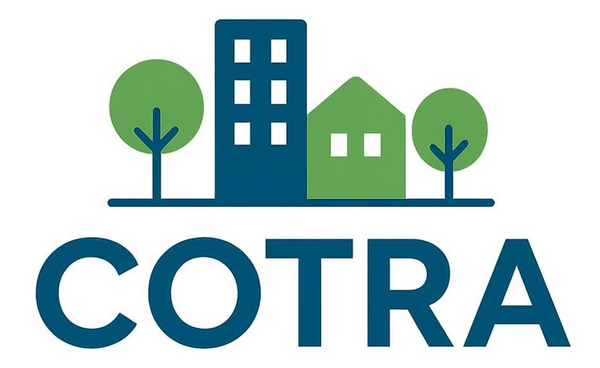City Council has approved a major zoning change that divides residential areas into two new categories:
- Neighbourhood Interiors: Applies to 8 downtown wards in Old City of Toronto
- Major Streets: Applies city-wide, except where councillors successfully removed segments.
Both categories allow new types of businesses to open inside homes and apartment buildings—without public notice or community consultation.
Learn how these zones work, what kinds of uses are allowed, and how to find out if your street is affected.
Section A: Neighbourhood Interior Streets
This change applies to the quiet residential streets that are away from main roads.
The originally proposal was city-wide, but after significant public concern and councillor amendments, Council limited Interior permissions to the following wards:
| Ward 4 – Parkdale–High Park | Ward 12 – Toronto–St. Paul’s |
| Ward 9 – Davenport | Ward 13 – Toronto Centre |
| Ward 10 – Spadina–Fort York | Ward 14 – Toronto–Danforth |
| Ward 11 – University–Rosedale | Ward 19 – Beaches–East York |
No suburban wards opted in.
Where Businesses May Open
Businesses may open on the ground floor of a detached houses that are located:
- Next to a park or school.
- Next to an existing commercial property adjacent to a commercial street.
- On a corner lot that is on a Community Street
⚠️Note Corner lots include properties on a bend, curve, or crescent.
Community Street: Is a new term created by the City for this proposal and includes “Minor Arterial” or “Collector” streets that are not Major Streets.
A Community Street Map for approved Wards is available: HERE
Permitted Uses in Neighbourhood Interiors
| Category | Permitted Uses (Examples) | Key Restriction |
| Retail | Grocery/convenience stores, clothing, cannabis/vape shops, pawn shops, etc. | Cannabis shops must be located 150 metres from a school. |
| Dining | Sit-down or take-out cafés, restaurants, and licensed bars. | Food must be prepared off-site (but food can be heated on site, so full service restaurant/bar is possible). |
View the Full Bylaw Changes for Neighbourhood Interiors: Check back for updated bylaw amendment
Section B: Major Streets
MAJOR STREETS ARE NOT WHAT YOU THINK. A “Major Street” is not only a street like Bloor or Bay, it also includes many other smaller, 100% residential streets.
Council approved commercial permissions on Major Streets across Toronto, but also removed more than 40 segments in suburban wards.
Where the new Major Street rules apply
- Everywhere except segments that councillors successfully removed
See the full list of excluded Major Street segments: HERE
If your street is not excluded, see map of Major Streets where the new rules apply: HERE
Permitted Uses on Major Streets
On Major Streets the ground floor of all homes and apartment buildings could be converted to businesses with patios, and some uses are also permitted on the second floor.
Patios are permitted on the Front and Side yards.
| Category | Permitted Uses (Examples) |
| Dining / Nightlight | Cafés, licensed sit-down restaurants, take-out, and licensed bars. |
| Retail | Grocery/convenience, clothing, furniture, cannabis/vape shops, pawn shops, etc. |
| Services | Hair/nail salons, barbers, tattoo parlours, pet grooming, dry cleaners, fitness clubs, repair/service shops, workshops, etc. |
| Office/Health* | Medical offices, massage therapy, education, etc. |
* Office and Health Services are permitted on both the ground and second floors.
View the Full List of Permitted Uses and City Definitions: HERE
View the Full Bylaw Changes for Major Streets: Check back for updated bylaw amendment
How to Check What Major Streets Are Affected in Your Neighbourhood
- Check whether your street segment was excluded: HERE
- If your street was not excluded, open the Ward Major Streets Map: HERE
- If your street is included on the map, the new commercial permissions apply.
Inside a neighbourhood (not on a Major Street):
Neighbourhood Interior permissions apply only in 8 wards in the former City of Toronto.
Within those wards, the following properties are eligible:
- Corner lots on designated Community Streets
- A Community Street Map is available HERE.
- Corner lots include bends/curves defined by the zoning by-law.
- Properties beside a school or a park
- Any lot directly beside a school or park
- Properties beside an existing commercial property
Any lot that is beside a property that fronts onto a commercial street.
